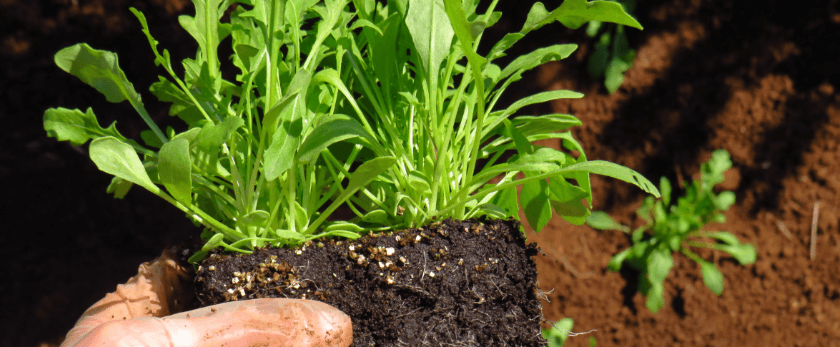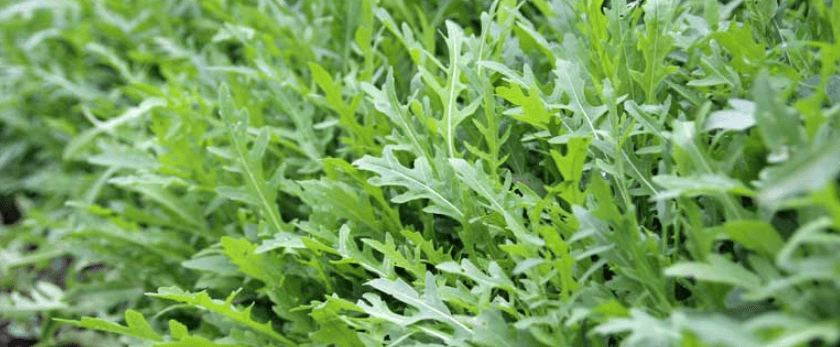Arugula, also known as rocket or roquette, is a leafy green vegetable that is packed with nutrients and has a distinct peppery flavor. It is easy to grow and can be a great addition to any garden or even grown in containers. In this article, we will discuss how to grow arugula, the best time to grow it, and common problems that may arise.
How to Care for Arugula
Watering
Arugula needs consistent moisture to thrive, but it is important not to overwater it. The soil should be kept moist, but not waterlogged. Water the plants deeply once or twice a week, depending on the weather and soil conditions. It is best to water in the morning to allow the leaves to dry out during the day, which can help prevent diseases.
Light
Arugula prefers full sun, but it can also tolerate partial shade. If you are growing it in a hot climate, it is best to provide some shade during the hottest part of the day. If you are growing it indoors, make sure to place it near a window that receives plenty of sunlight.
Soil
Arugula grows best in well-draining, fertile soil. It prefers a slightly acidic soil with a pH between 6.0-6.8. If your soil is too alkaline, you can add some organic matter, such as compost or aged manure, to lower the pH.
Fertilizer
Arugula is a fast-growing plant and requires regular fertilization to keep up with its growth. You can use a balanced fertilizer, such as a 10-10-10, once a month. Alternatively, you can use a slow-release organic fertilizer at the beginning of the growing season.
Pruning
Arugula is a cut-and-come-again crop, which means you can harvest the outer leaves and the plant will continue to grow. This also helps to prevent the plant from bolting, which is when it produces flowers and stops producing leaves. Regular pruning also encourages the plant to produce more leaves, resulting in a longer harvest period.

What is the Best Time to Grow Arugula?
Arugula is a cool-season crop and grows best in temperatures between 45-65°F. It can be grown in both spring and fall, but it is important to avoid extreme temperatures. In hot weather, the plant will bolt and become bitter, while in cold weather, it may not grow at all.
If you are growing arugula in the spring, you can start sowing seeds as soon as the soil can be worked. In the fall, you can sow seeds 4-6 weeks before the first frost. You can also extend the growing season by using row covers or cold frames to protect the plants from frost.
Common Problems with Arugula
Pests
Arugula is relatively pest-free, but it can be susceptible to flea beetles, which can cause small holes in the leaves. You can prevent this by using row covers or by planting arugula in a different location each year. If you do notice flea beetles, you can use an organic insecticidal soap to control them.
Diseases
Arugula can be prone to fungal diseases, such as downy mildew and powdery mildew. These diseases can be prevented by providing good air circulation and avoiding overhead watering. If you do notice signs of disease, remove and destroy the affected plants to prevent it from spreading.
Bolting
As mentioned earlier, arugula can bolt in hot weather. To prevent this, make sure to keep the soil consistently moist and provide some shade during the hottest part of the day. You can also choose heat-resistant varieties of arugula to grow in the summer.
Conclusion
Arugula is a versatile and nutritious vegetable that is easy to grow. By following these tips on how to care for arugula, the best time to grow it, and how to prevent common problems, you can enjoy a bountiful harvest of this delicious leafy green. Remember to always use sustainable and eco-friendly practices in your gardening, such as using organic fertilizers and responsible disposal methods, to help create a greener and more sustainable future. Happy growing!










